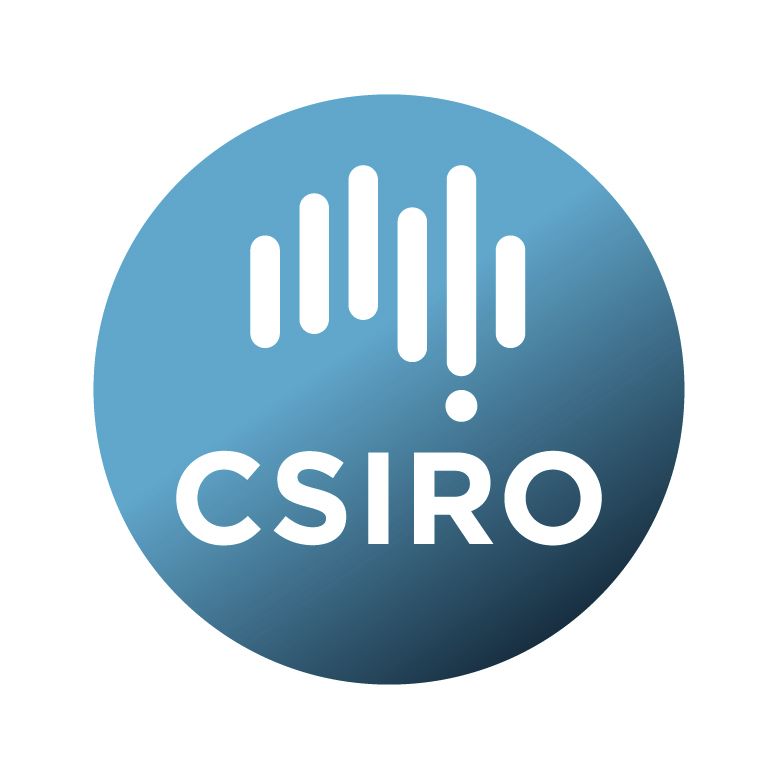Brief description
This is Version 2 of the Australian Soil Bulk Density - Whole Earth product of the Soil and Landscape Grid of Australia.It supersedes the Release 1 product that can be found at https://doi.org/10.4225/08/546EE212B0048
The map gives a modelled estimate of the spatial distribution of Bulk Density in soils across Australia.
The Soil and Landscape Grid of Australia has produced a range of digital soil attribute products. Each product contains six digital soil attribute maps, and their upper and lower confidence limits, representing the soil attribute at six depths: 0-5cm, 5-15cm, 15-30cm, 30-60cm, 60-100cm and 100-200cm. These depths are consistent with the specifications of the GlobalSoilMap.net project (https://esoil.io/TERNLandscapes/Public/Pages/SLGA/Resources/GlobalSoilMap_specifications_december_2015_2.pdf). The digital soil attribute maps are in raster format at a resolution of 3 arc sec (~90 x 90 m pixels).
Detailed information about the Soil and Landscape Grid of Australia can be found at - https://esoil.io/TERNLandscapes/Public/Pages/SLGA/index.html
Attribute Definition: Bulk Density of the whole soil (including coarse fragments) in mass per unit volume by a method equivalent to the core method;
Units: g/cm3;
Period (temporal coverage; approximately): 1950-2021;
Spatial resolution: 3 arc seconds (approx 90m);
Total number of gridded maps for this attribute: 18;
Number of pixels with coverage per layer: 2007M (49200 * 40800);
Data license : Creative Commons Attribution 4.0 (CC BY);
Target data standard: GlobalSoilMap specifications;
Format: Cloud Optimised GeoTIFF;
Lineage: An attempt was made to update digital soil mapping of whole soil bulk density for Australia. This was an update of first attempt by Viscarra Rossel et al. (2014). Based on model evaluations using a dataset not included in any modelling, the updated version (2nd Version) represents a demonstrable improvement on the 1st version.
Since the first version, more measured site data has been made available and retrievable via the Australian SoilDataFederator. In 2014 there were 3776 sites with measured whole soil bulk density. For the new update, 6116 sites had measured data. Because of usually strong empirical relationships between bulk density, soil texture and soil carbon, the use of pedotransfer functions (to predict bulk density from soil texture and soil carbon) was performed with the intention of increasing data density and spatial coverage of data that would ultimately improve digital soil mapping prediction skill. This added a further 15735 sites after building a spatial pedotransfer function using a dataset of 12308 cases (3939 sites with bulk density, soil carbon and soil texture data).
The basic steps of the work entailed.
Use soil data federator to get pertinent soils observation data
Develop spatial pedotransfer function prediction whole soil bulk density using soil carbon and texture data.
Compile measured and inferred whole soil bulk density data (86306 cases), then setting aside a dataset of 7500 cases for external model evaluation.
Predictive models using random forest algorithm with 78806 data cases fitted. To account for uncertainties in pedotransfer function inferred data, Monte Carlo simulations were performed from the pedotransfer function model. Simulation was repeated 100 times.
Predictive model uncertainties quantified using UNEEC approach (Uncertainty Estimation based on local errors and Clustering).
Quantification of model extension limits derived using hybrid method involving multivariate convex hull analysis and count of observations.
Digital soil maps with quantified uncertainties (5th and 95th prediction interval limits) and assessment of model extrapolation risk were produced at 90m resolution for the following depths: 0-5cm, 5-15cm, 15-30cm, 30-60cm, 60-100cm, 100-200cm.
All processing for the generation of these products was undertaken using the R programming language. R Core Team (2020). R: A language and environment for statistical computing. R Foundation for Statistical Computing, Vienna, Austria. URL https://www.R-project.org/.
Code - https://github.com/AusSoilsDSM/SLGA
Observation data - https://esoil.io/TERNLandscapes/Public/Pages/SoilDataFederator/SoilDataFederator.html
Covariate rasters - https://esoil.io/TERNLandscapes/Public/Pages/SLGA/GetData-COGSDataStore.html
Available: 2024-08-28
Data time period: 1950-01-01 to 2023-06-01
Subjects
3-dimensional soil mapping |
Attribute |
Bulk Density |
Continental |
DSM |
Digital Soil Mapping |
Environmental Sciences |
Global Soil Map |
Raster |
SLGA |
Soil |
Soil Maps |
Soil Sciences |
Soil Sciences Not Elsewhere Classified |
Spatial modelling |
Spatial uncertainty |
TERN |
TERN_Soils |
TERN_Soils_DSM |
User Contributed Tags
Login to tag this record with meaningful keywords to make it easier to discover
Identifiers
- DOI : 10.25919/GXYN-PD07

- Handle : 102.100.100/486760

- URL : data.csiro.au/collection/csiro:59277



